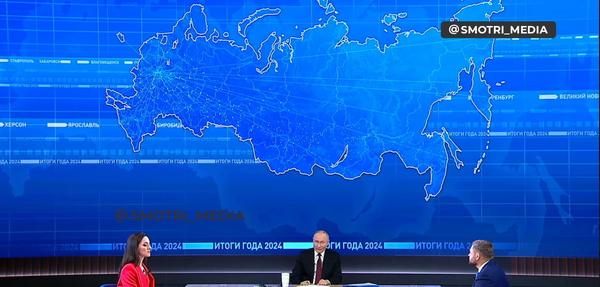Putin's Peace Signals: Strategy or Surrender?
At his annual press conference, Russian President Vladimir Putin expressed willingness to negotiate on Ukraine, stating ‘politics is the art of compromise.’ This comes amid shifting battlefield dynamics and economic pressures, raising questions about Russia’s true strategic intentions.

The recent signals from Vladimir Putin about potential negotiations over Ukraine warrant careful analysis beyond their face value. The Russian president’s statement that “politics is the art of compromise” at his December 19th press conference in Moscow represents a notable shift in tone, though perhaps not yet in substance.
Putin’s apparent openness to dialogue emerges against a complex backdrop of military and economic realities. Russia’s military situation has evolved significantly, with increased reliance on drone warfare and structural reforms in its defense apparatus. The Russian Ministry of Defense is establishing a dedicated unmanned systems branch, signaling a strategic pivot in military doctrine.
The economic picture presents mixed signals. While Russia has weathered Western sanctions better than many expected, with enough resources to maintain social spending and military operations, the country faces mounting inflationary pressures and structural challenges. Putin’s regime has prioritized domestic stability through increased social benefits and financial support to citizens, following a pattern similar to Turkey’s economic management.
Historical context provides important insights into Russian diplomatic behavior. The Soviet Union’s dramatic pivot under Gorbachev, including the withdrawal from Afghanistan in 1989, demonstrates Russia’s capacity for strategic realignment when circumstances demand it. Like a chameleon adapting to its environment, Russian foreign policy has shown remarkable flexibility when core interests are at stake.
The American factor looms large in Putin’s calculations. With Donald Trump potentially returning to the White House, Putin may see an opening for a broader geopolitical reset. His references to the Istanbul negotiations suggest a preference for a framework that would allow both sides to claim some measure of success while avoiding total capitulation.
Yet serious obstacles remain. Putin’s insistence that Ukraine cannot join NATO contrasts sharply with Western security guarantees to Kyiv. Moreover, his repeated claims about Russia’s improving battlefield position may indicate he believes time is on his side, potentially reducing incentives for immediate compromise.
The question of what constitutes an acceptable outcome for both sides remains central. Putin’s references to past negotiations suggest Russia might accept something less than total victory, provided its core security interests are addressed. However, any deal would need to allow Putin to maintain his domestic political position while giving the West sufficient assurance about future Russian behavior.
These peace signals may thus represent not so much a definitive policy shift as a strategic positioning, keeping diplomatic options open while military operations continue. Putin’s characterization of politics as “the art of compromise” cleverly frames potential concessions not as weakness but as masterful statecraft.
The international community now faces the challenge of discerning whether these overtures represent genuine diplomatic possibilities or merely tactical maneuvering. As Russia continues its military modernization while signaling openness to talks, the true test will be whether concrete proposals emerge that could bridge the seemingly insurmountable gaps between Russian and Ukrainian positions.